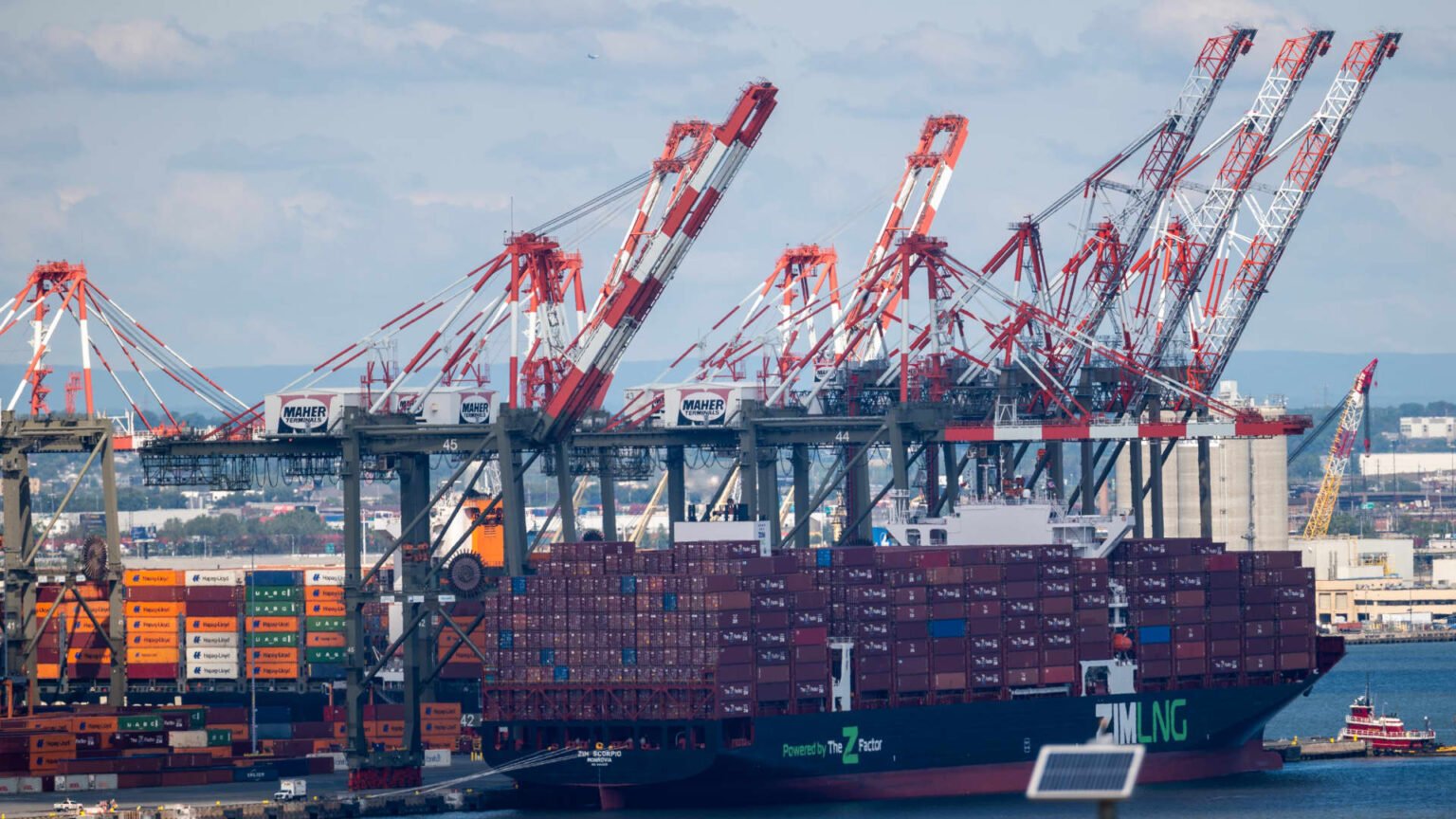Billions of dollars in trade ground to a halt at U.S. East Coast and Gulf Coast ports after the International Longshoremen’s Association (ILA) began a strike at 14 major ports due to a failed contract negotiation with the United States Maritime Alliance (USMX). The ILA, North America’s largest longshoremen’s union, walked off the job after midnight on October 1, impacting ports like New York/New Jersey, Charleston, Savannah, and others. The strike comes after the USMX offered a nearly 50% wage hike over six years, which was rejected by the ILA. The potential harm to the U.S. economy from the strike, estimated to cost hundreds of millions of dollars a day at the largest ports, looms large.
The strike will affect industries reliant on these ports, including pharmaceuticals, retail, automobiles, and more. East Coast ports are crucial for the supply chains of various sectors, with the pharma industry in particular relying heavily on timely imports to maintain manufacturing operations. Retailers like Walmart, Home Depot, Ikea, Samsung, and LG Electronics will also face disruptions, as the strike limits options to divert trade to other locations. The East and Gulf Coast ports account for over $92 billion in apparel, footwear, and accessory imports, creating an urgent need for a resolution to prevent prolonged disruptions during the upcoming holiday shopping season.
The White House has been actively involved in trying to bring both sides back to the bargaining table to negotiate a new contract. Despite ongoing efforts, the COVID-19 pandemic, supply chain congestion, and recent hurricane impacts have compounded the potentially devastating effects of the strike on the U.S. economy. The Biden administration has vowed not to use existing labor laws to force workers back on the job, opting for negotiations instead. The Taft-Hartley Act gives the President the power to suspend a strike for an 80-day “cooling off period” in cases where national health or safety are at risk, but this option has not been considered by the current administration.
Logistics experts fear that the strike’s impact on supply chain congestion could exacerbate existing port delays following Hurricane Helene, leading to shortages and upward price pressures. A week-long strike could cost the U.S. economy $3.78 billion, according to estimates, and cause supply chain slowdowns through mid-November. The strike’s duration will significantly impact various industries, with food and automobile sectors being particularly vulnerable due to heavy reliance on the East Coast ports. Businesses have been scrambling to mitigate the effects of the strike, but the longer it lasts, the more severe the repercussions will be.
Union and port ownership group negotiations have reached an impasse over wage increases and the use of automation, leading to the historic eastern dockworker strike that will have far-reaching consequences if prolonged. The ILA’s aggressive rhetoric and unanimous vote to authorize the strike have set the stage for what could be a protracted battle with long-term effects on the U.S. trade economy. With various ports shutting down from Maine to Texas, the strike has the potential to disrupt everyday lives and the broader economy, making it imperative for both parties to come to a fair and sustainable labor agreement soon. Companies across industries are bracing for major repercussions, highlighting the urgent need for a resolution to avoid further disruptions as the holiday season approaches.

